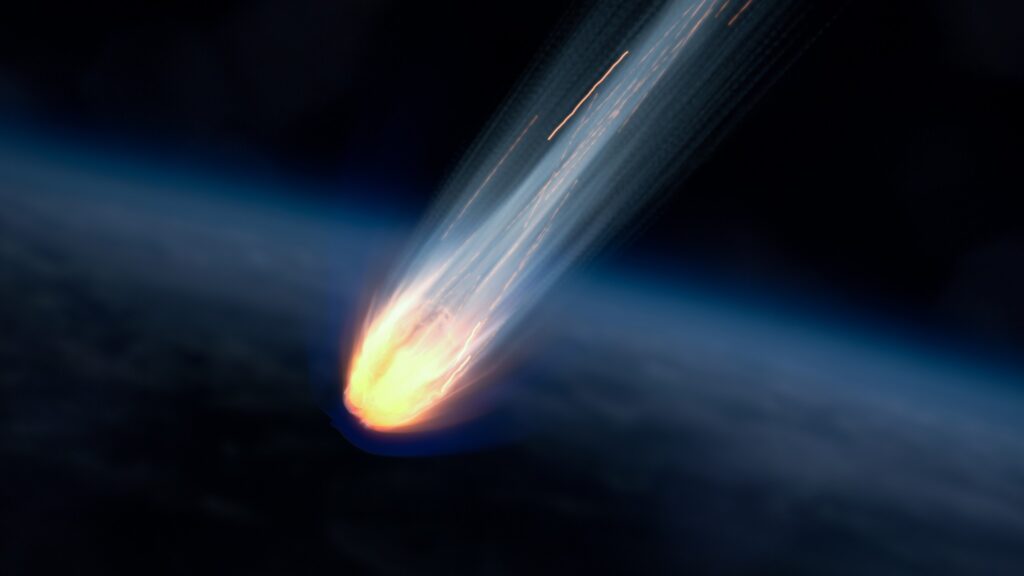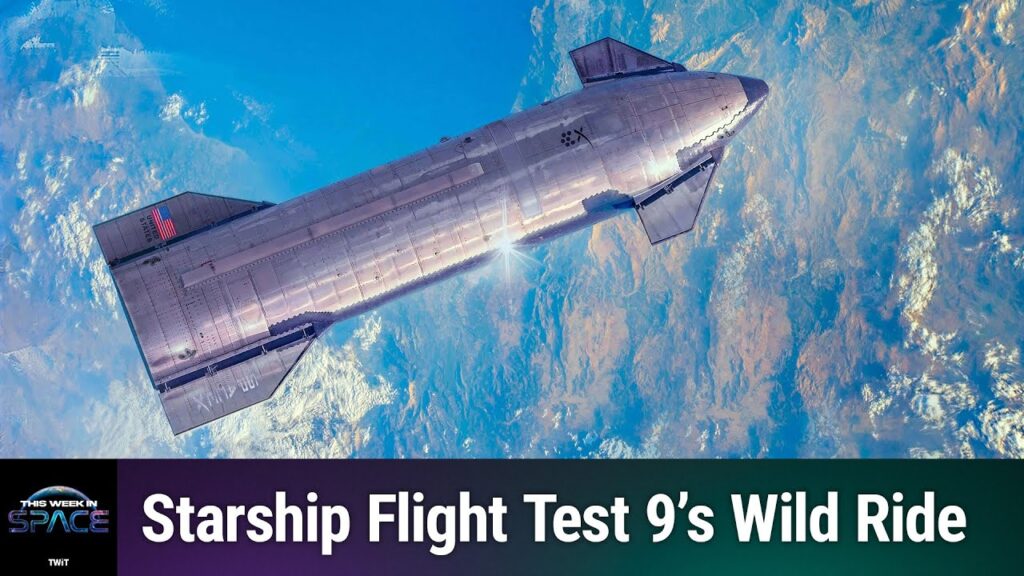NASA and the astronomy community have poured $10 billion and more than two decades into just one piece of machinery. Now they are facing the moment of truth.
NASA’s James Webb Space Telescope, also known as Webb or JWST, is finally in French Guiana, perched atop its rocket, ready to bid farewell to Earth and begin the long trek out to space. It has overcome loose screws, testing missteps, a Congressional cancellation, a pandemic and even the small risk of being hijacked by pirates on its way to the launch site. The project is so vast that it has shaped the agency as much as the agency has shaped it.
“You can’t do this every five years,” Michael Turner, a theoretical cosmologist at the Kavli Institute for Cosmological Physics at the University of Chicago, told Space.com. “It just convulses the agency, and that’s exactly what they should be doing every once in a while.”
Related: How the James Webb Space Telescope works in pictures
More: NASA’s James Webb Space Telescope launch: Live updates
Of course, the goal has been more to convulse science than NASA itself. Specifically, JWST has a truly massive mirror compared to other space telescopes, and the observatory will specialize in studying infrared light, which will give scientists an opportunity to look into the early days of the universe. Those two capabilities combined represent a huge step forward from existing space telescopes.
But infrared light is particularly difficult to observe because it doubles as heat. So JWST has been given an unprecedented sunshield and the observatory will be sent to a spot called Earth-sun Lagrange point 2, or L2, 1 million miles (1.5 million kilometers) farther away from the sun than Earth.
Scientifically, it’s all very exciting, but in terms of engineering, it’s incredibly hard. When designs for JWST solidified, NASA had never built anything like it before. “When you’re doing something for the first time, it’s really hard to predict how long it’s going to take and how much it’s going to cost,” Elizabeth Frank, who was a planetary scientist working on NASA missions before becoming chief scientist at First Mode, an engineering company, told Space.com.
The Hubble Space Telescope, a smaller telescope but the key predecessor in scale to JWST, had a safety mechanism built in: Thanks to its orbit around Earth and its careful design, astronauts could visit the spacecraft and tend to its instruments. Not so for JWST.
And JWST’s mirror is too big to launch in one piece, so for the first time on a space telescope, it must align 18 different segments to form one perfectly smooth surface.
And the five-layer sunshield that must unfurl in space? Nothing like it has flown before.
Getting a spacecraft to L2, that’s been done, but only by much smaller missions, like NASA’s Wilkinson Microwave Anisotropy Probe that operated from 2001 to 2010 and the European Space Agency’s Planck mission to map the cosmic microwave background.
And there’s no way to simplify JWST and get science results of the same magnitude. “If it weren’t complicated, if it weren’t at L2, if it hadn’t had a sunscreen to keep it nice and cool, you couldn’t do all the transformational stuff,” Turner said.

An ever-growing project
When the astronomy community began toying with ideas for what is now known as JWST in the 1990s, NASA leadership led by then-administrator Dan Goldin encouraged going bigger and bolder.
From there, the ignominy JWST has faced over its ballooning budgets and ever-more-delayed launch may have been a little inevitable. “The more you try to do with one spacecraft, the more inherent technical complexity there is within the spacecraft,” Frank said.
And as JWST became ever more ambitious, NASA became ever more determined to make sure nothing could go wrong.
“If you have a large, complicated mission, you’re going to demand high reliability because it’s so expensive and you have so much riding on it,” Frank said. “But to mitigate the risk of failure, you really need a lot of time and labor, and it’s not the materials that drive the cost of missions, it’s actually labor.” That’s particularly true of aspects like project management and system management, that are key for staying on track, she noted.
NASA’s fear of failure also perhaps contributed to JWST’s troubled image, as engineers tested it every way they could. “That’s why you build in all the tests, because when it’s that complicated, something’s gonna go wrong,” Turner said.
Those tests caused delay after delay as engineers caught and caused issues in the observatory that needed to be fixed. “It turns out there’s no such thing as a smart accident,” Turner said. “They all involve stupid things. All mistakes are stupid retrospectively.”
Related: The Hubble Space Telescope and 30 years that transformed our view of the universe
A moment of reckoning
The tangle came to a head in 2011.
While substantial parts of the observatory were in the late stages of assembly, the project was still deep in debt and far from the launch pad. “People knew there was a problem, but no one wanted to say it,” Turner said of NASA and JWST leadership. “They’d gotten themselves in trouble.”
Congress lashed out. The House of Representatives produced a budget proposal that would have ended work on the observatory, although by the end of budget negotiations the telescope survived. Turner, who was among the astronomers who stepped in to argue the telescope’s case during the crisis, said that the very vision that saw JWST spiral out of control may also have saved the mission.
“They really picked the right mission, and so during the darkest days, it was still worthy of doing,” he said. “It wasn’t one of those things, ‘You know it would’ve been great if we could have done that, but it’s getting pretty tough out there; let’s just quit.'”
It could have gone a very different way, as astronomers are well aware. Physicists learned that the hard way in 1993, when Congress canceled construction on the Superconducting Super Collider (SSC) in Texas $2 billion into the project. “That is such a blemish on American science,” Turner said. “It has colored a field: That dark cloud of SSC still lives over the field of high-energy physics and it left a blemish on American science.”
Even JWST’s immediate predecessor had faced a similar crisis. Hubble launched in 1990 and began gathering data only for astronomers to realize that an error in the mirror left the observatory’s vision blurry. Software workarounds and crewed servicing missions eventually rescued the beleaguered telescope, but there was no guarantee.
“That’s the scary part here: There were a lot of people who just left Hubble when it had the problems,” Turner said. “The really tough ones — this is the grit side — said, ‘Well, there must be some way we can fix this.'”
Risky business
Hubble survived and became an icon; today, JWST is perched atop its rocket, ready to launch. But it hasn’t been a journey without casualties.
In the course of the observatory’s development, NASA was forced to reallocate some $1.4 billion from other projects to JWST, William Russell of the federal government’s Government Accountability Office said during a House hearing held on Dec. 1.
“Budgetary discipline is important, particularly with these big projects. When they bleed, the rest of science hemorrhages,” Turner said. “A small overrun for them kills other projects, so you’ve got to go in realistic.”
And as astronomers have poured so much into making JWST a reality, Frank argued that there must be an opportunity cost in terms of missions that have gone unbuilt. “What missions haven’t we launched because JWST just sucked up the budget for as long as it has? What could we have done with 10 $1 billion missions instead?” Frank said. “It’s easy to say things in retrospect, but I think these are important questions.”
If anything goes wrong as JWST launches, deploys and eventually begins operations — well, that’s the nightmare scenario on countless fronts.
“I think it’s really, really challenging to put so many of your science eggs in one basket,” Frank said. Scientists who have built their research programs to cater to the data that JWST has promised “see their careers literally at stake on the launch pad right now,” she said.
Into the future
Some observers also worry that the woes of JWST will loom over future mission proposals. JWST has led NASA to be more diligent about requiring pragmatic mission schedules and budgets. But whether the experience has soured the agency entirely on such massive projects remains to be seen.
It might depend on how JWST fares in space. “Success brings success and failure brings failure,” Robert Smith, a historian at the University of Alberta who has compared JWST and SSC as “megascience” projects, said during a webinar held on Dec. 9 by the National Air and Space Museum. “I think it absolutely needs to work if there is going to be a successor.”
That’s reflected in the new 10-year plan for astronomy released in November, he said. That report looked ahead to big space telescope projects but emphasized that the technology involved should be incorporated into smaller missions first to reduce risk. Smith called it a “shadow of JWST hang[ing] over quite a lot of that report.”
Frank also worries that a failure at such a scale could imperil NASA’s reputation, particularly because the agency relies on public funding. “The challenge that NASA has is being able to succeed and do good science and develop technology while minimizing blowback from people who may be unsupportive of failure,” Frank said. “NASA has to be a good steward of taxpayer funding, and taxpayers are going to negatively react if they are perceived to not be good stewards.”
That’s a very different situation than, say, SpaceX faces. She noted that the company leans into its failures with videos of rockets blowing up. “They can kind of make fun of their own failures and use it in a way that works to their advantage, whereas NASA probably doesn’t have the freedom to do that,” Frank said.
She argued that the agency’s culture shapes the projects it operates. “There needs to be a set of incentives that make people think, ‘If I don’t figure out a cost-effective solution to this problem, there’s a real chance this mission could be canceled.” She also noted NASA’s work to pursue missions of a whole range of sizes, including smaller missions on which the agency might accept some risk of failure.
Related stories:
But it’s important that NASA succeeds, and that it tackles the most ambitious projects, Turner said. “No one else could have pulled off JW[ST], and it’s important for all of American science, not just astronomy, that this country can still do things that just dazzle,” he said.
He argued that the importance stretches beyond science as well. “The world is a mess,” Turner said. “The lesson I take away is we are a really good species when we put our mind to it. When we all come together, choose a good goal and work hard together, we can really do amazing things and we need to be reminded of that every once in a while.”
For him, he said, JWST’s launch, even or perhaps especially after all its twists and turns, is one of those amazing things. “Can’t we take some of those skills and solve some other problems as well?”
Email Meghan Bartels at mbartels@space.com or follow her on Twitter @meghanbartels. Follow us on Twitter @Spacedotcom and on Facebook.


